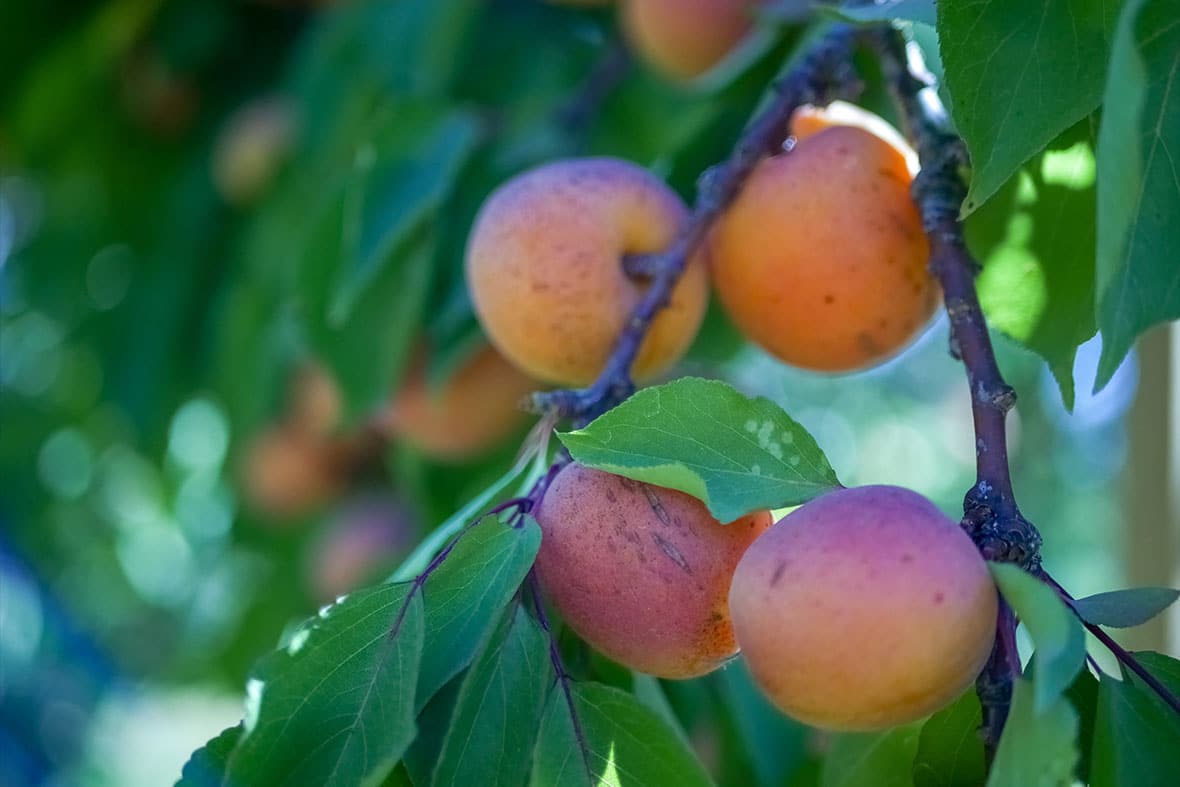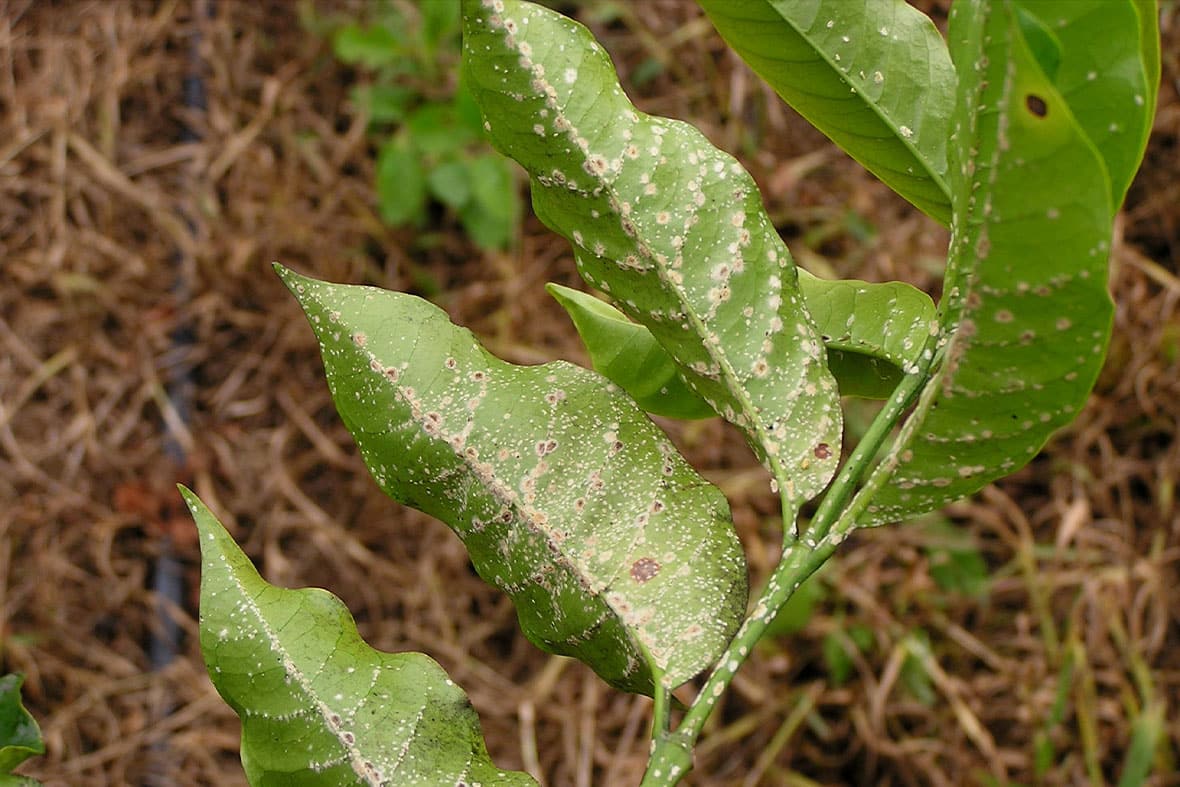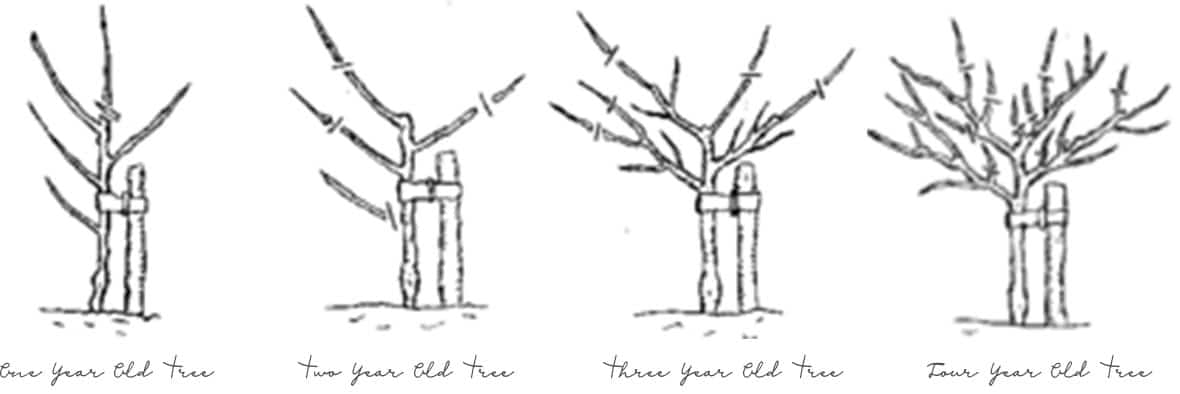Winter is a great time to prune most deciduous fruit trees, berries, fruiting bushes and vines.
Although winter is pruning time, avoid pruning cherries, apricots and kiwi fruit vines until the warmer weather. All three of these popular edibles tend to bleed if pruned through winter, increasing the risk of disease. Apricots and cherries may be pruned straight after fruiting and for kiwi fruit the male plants are best pruned hard after flowering in October, while the females (which bear the fruit on kiwi vines) are tip pruned in summer.

The “vase-shaped” method of pruning is suitable for all pome and stone fruit. The final shape should resemble a wide-angled V shape similar to a wine goblet. The aim is to select three or four branches at least 50cm above the ground and each pointing in a different direction. These will become the main leaders of the future tree and will be subdivided again in later years to form sub leaders. Choose the best side branches and cut the main stem back to above the level of the highest side branch selected. Prune the outside shoots to an outside bud all at about the same level. If your tree is young and doesn’t have enough side branches, cut the main stem back to approximately 1m and select suitable branches the next year. This is a better option than using inferior branches.
During the early years of the tree’s life, it is important to develop a framework that is sufficiently strong and capable of bearing the weight of crops borne.

Be sure to remove any decaying fruit, leaves and your pruned branches as these harbour overwintering pests and disease.
Pest Control
Winter is an important time to treat fruiting trees to prevent problems during the season ahead.
Pest Oil / All Seasons Oil – Used on stone-fruits, apples, pears and ornamentals for the control of scale, aphids, spider mite and mealy bugs.
Copper Sprays applied in winter are effective against a number of diseases that attack fruit trees. Peach leaf curl affects the shoots, flowers, foliage and fruit of peaches and nectarines. Fire blight primarily attacks pome fruit trees, such as apples and pears, although it can affect other plants.

Timing of applying Copper Sprays is important and should be sprayed whilst the tree is dormant and again at pink bud stage when rain is not expected within 24 hours. Pink bud stage is when the buds swell prior to opening.
Burbank House & Garden has the best local advice and information to help to achieve the very best results.
